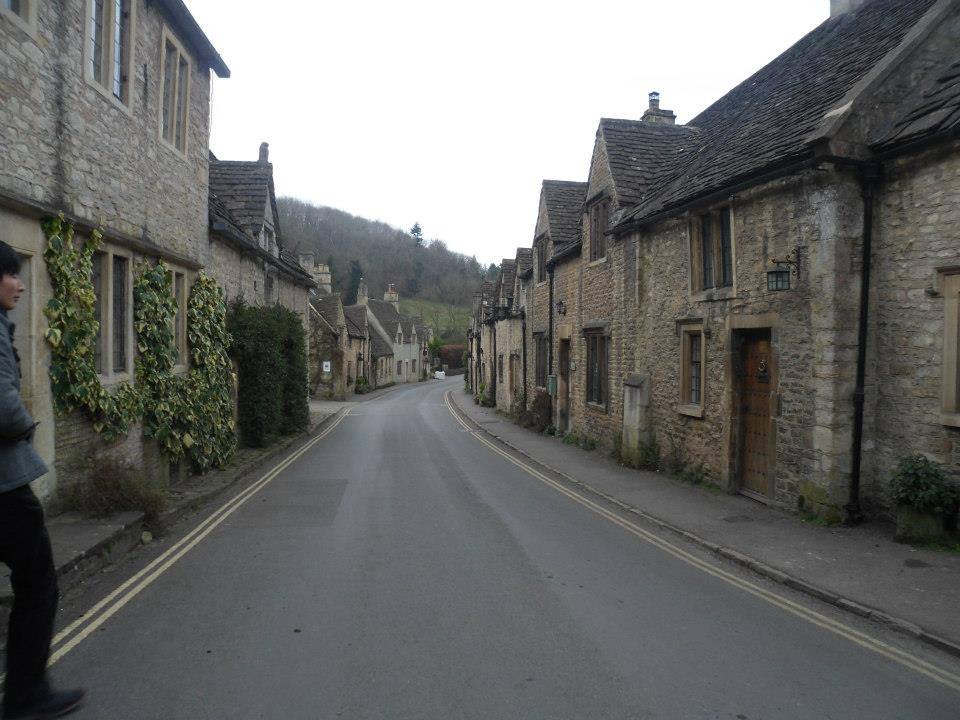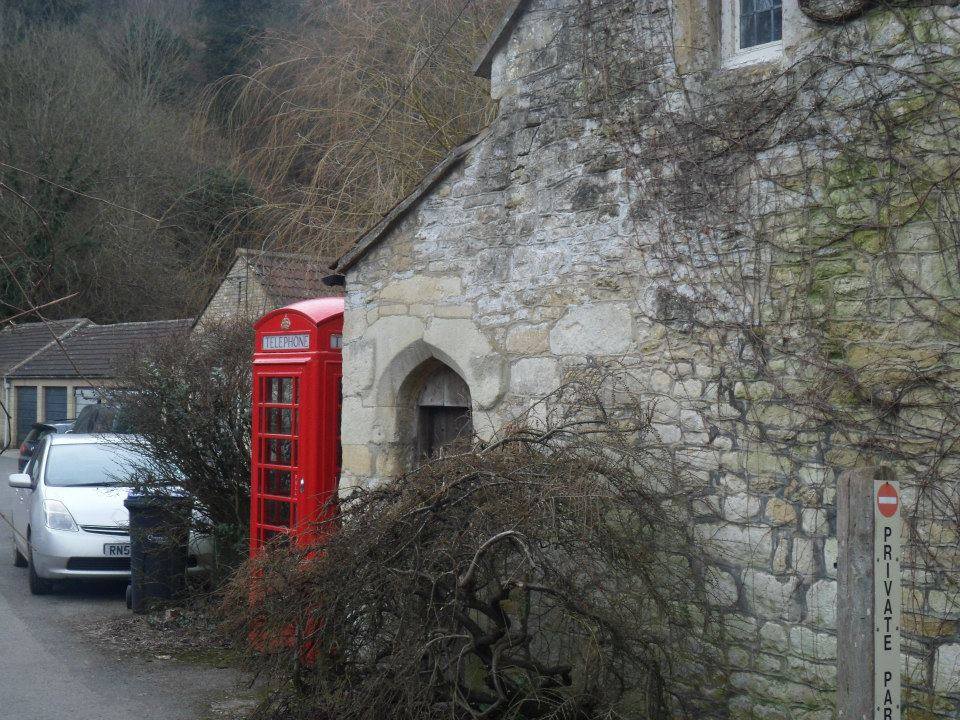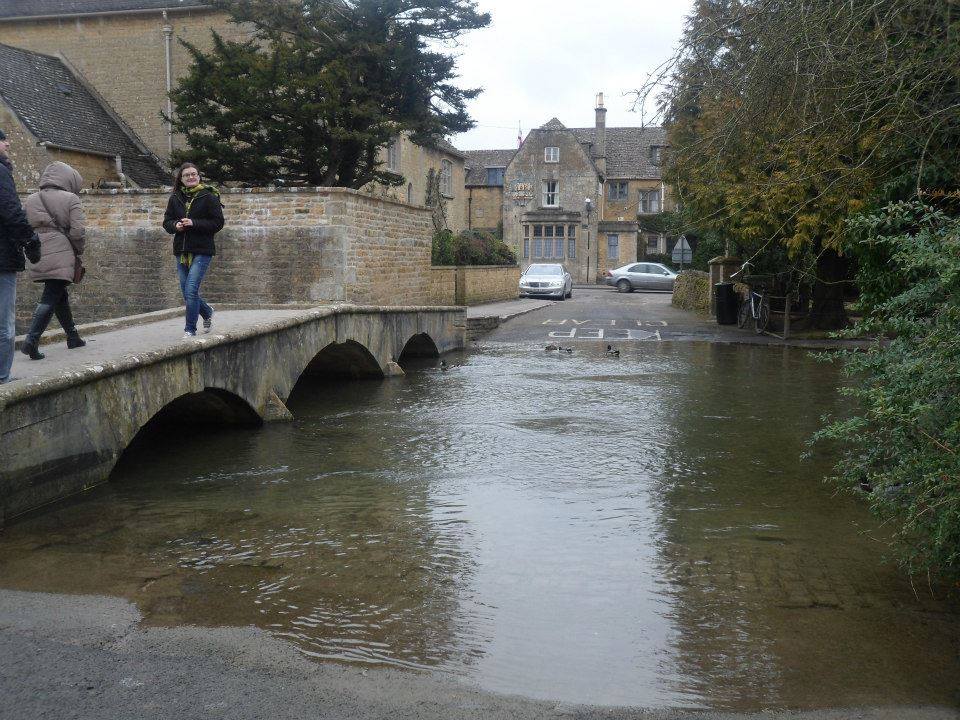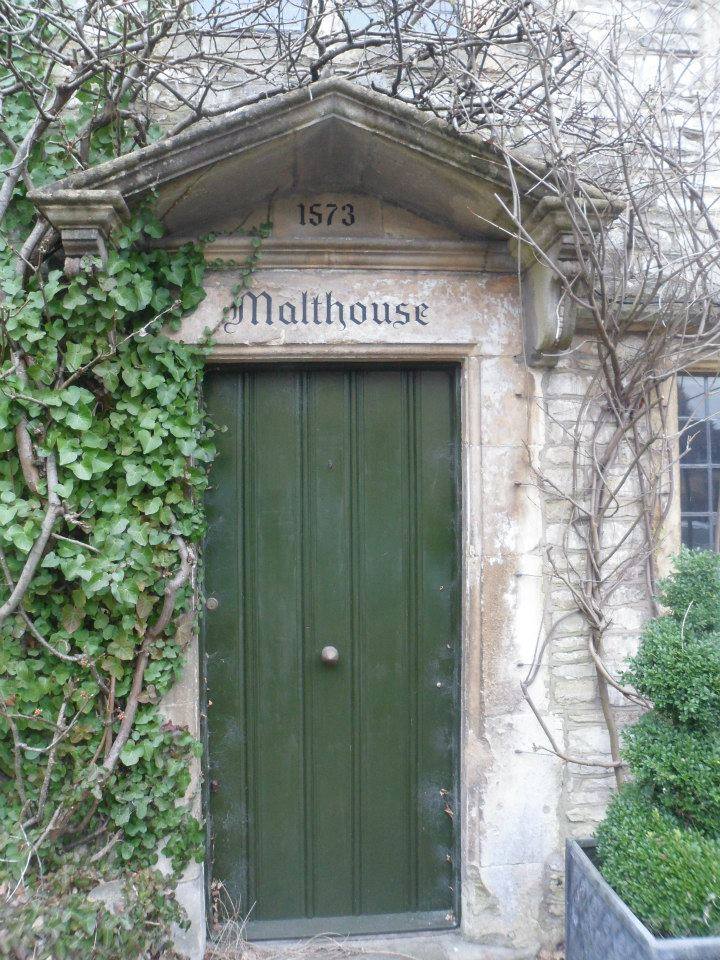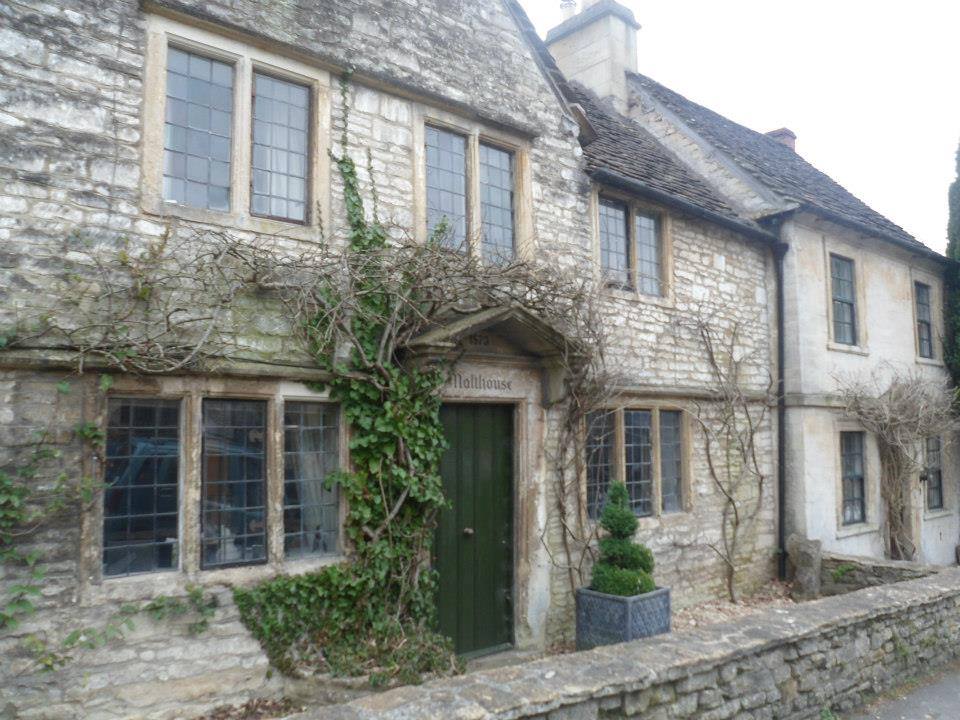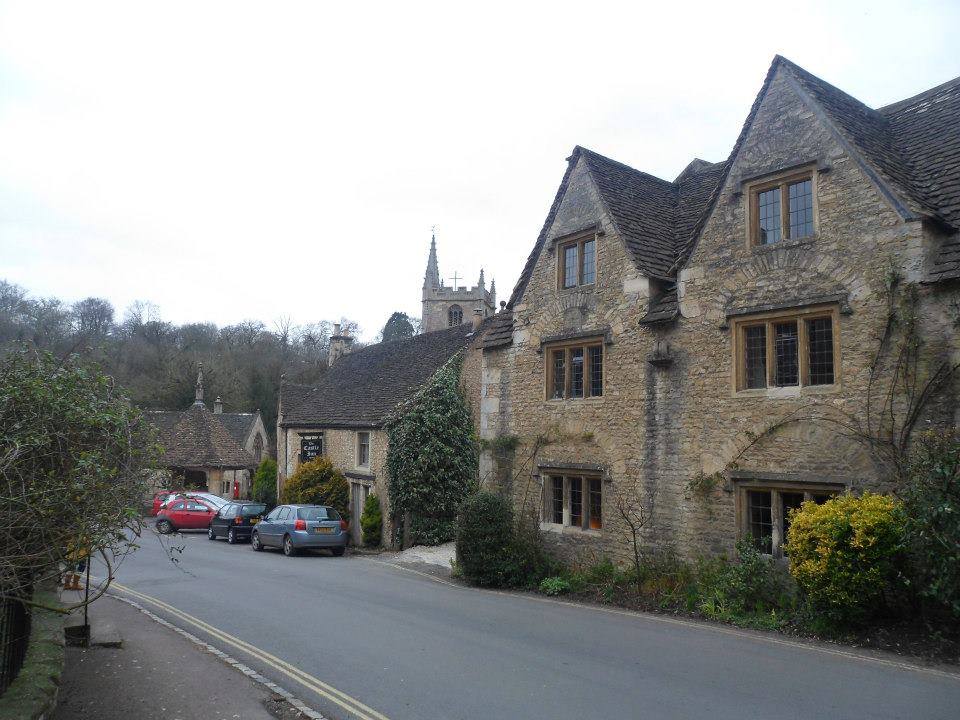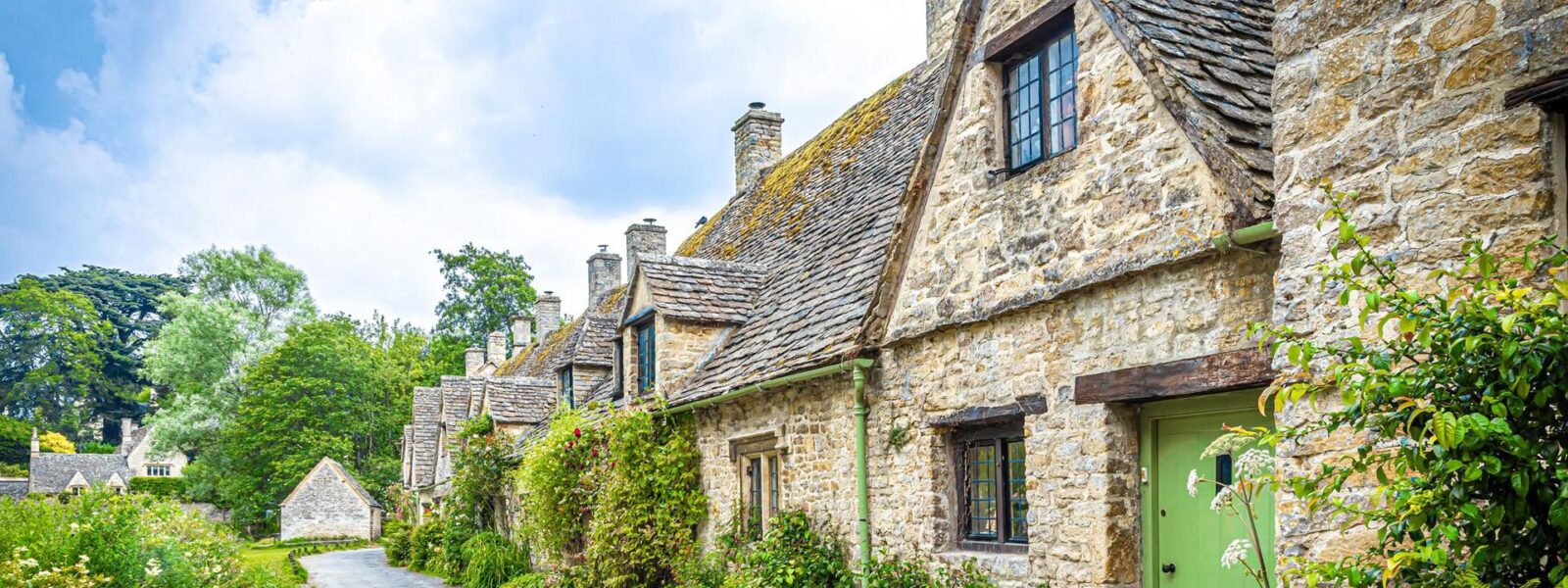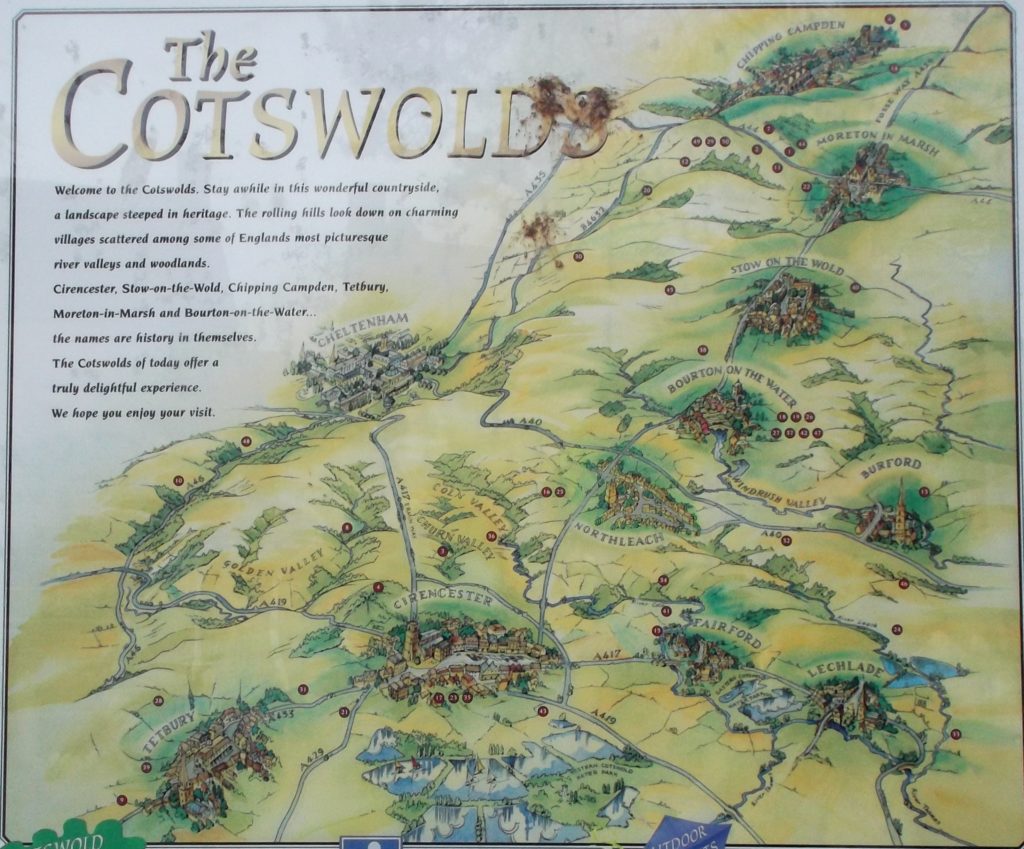
The Cotswolds, located in south-central England, is a picturesque and idyllic region known for its charming villages, rolling hills, and distinctive honey-colored limestone buildings. Encompassing parts of several counties, including Gloucestershire, Oxfordshire, Wiltshire, Warwickshire, and Worcestershire, the Cotswolds is often considered one of the most beautiful areas in the United Kingdom.
The landscape of the Cotswolds is characterized by gentle hills and meandering river valleys, creating a quintessential English countryside setting. The area covers about 800 square miles and is designated as an Area of Outstanding Natural Beauty (AONB), recognizing its exceptional scenic value and the importance of preserving its unique character.
The Cotswolds is renowned for its charming villages, each with its own distinct character and architecture. Quaint market towns like Stow-on-the-Wold, Bourton-on-the-Water, and Chipping Campden are nestled among the rolling hills, offering visitors a glimpse into a bygone era. The villages are adorned with limestone cottages, thatched roofs, and flower-filled gardens, creating a postcard-perfect scene that captures the essence of rural England.
One of the defining features of the Cotswolds is its use of local golden-hued limestone in construction. This limestone gives the buildings a warm and distinctive color, especially when illuminated by the soft glow of the setting sun. The material has been quarried from the region for centuries, creating a harmonious blend between the natural landscape and the built environment.
Exploring the Cotswolds is a delight for both nature enthusiasts and history buffs. The Cotswold Way, a long-distance footpath that stretches for 102 miles from Chipping Campden to Bath, allows hikers to traverse the scenic beauty of the region. The trail takes walkers through charming villages, past ancient landmarks, and across lush meadows, providing an immersive experience of the Cotswolds’ diverse landscapes.
Historically, the Cotswolds played a significant role in England’s wool industry during the Middle Ages. The prosperity generated from the wool trade contributed to the construction of many of the magnificent churches and manor houses that still stand today. Sudeley Castle, a historic castle located near Winchcombe, and Blenheim Palace, a UNESCO World Heritage Site situated on the outskirts of the Cotswolds in Woodstock, are prime examples of the architectural grandeur associated with the region.
The Cotswolds is also known for its vibrant arts and crafts scene. Many villages house workshops and galleries where local artisans showcase their talents in pottery, glassblowing, and traditional crafts. The region’s artistic legacy is evident in the Cotswold Arts and Crafts Movement, which emerged in the late 19th and early 20th centuries, emphasizing craftsmanship and the use of natural materials.
In addition to its cultural and historical significance, the Cotswolds offers a culinary experience that reflects the area’s agricultural richness. Local pubs and tearooms serve traditional dishes made with locally sourced produce. Visitors can savor the flavors of Cotswold cheese, Gloucestershire Old Spot pork, and other regional specialties.
In conclusion, the Cotswolds stands as a timeless testament to the beauty of the English countryside. With its charming villages, rolling hills, and rich history, the region invites visitors to step back in time and immerse themselves in the tranquility of a landscape that has captivated hearts for centuries. Whether exploring the picturesque villages, hiking along the Cotswold Way, or simply enjoying the local cuisine, the Cotswolds offers a truly enchanting experience that captures the essence of rural England.
